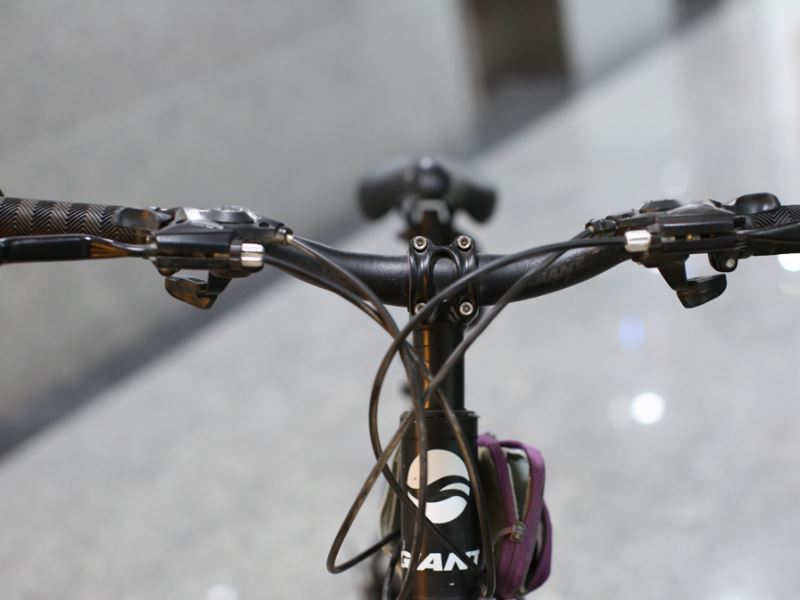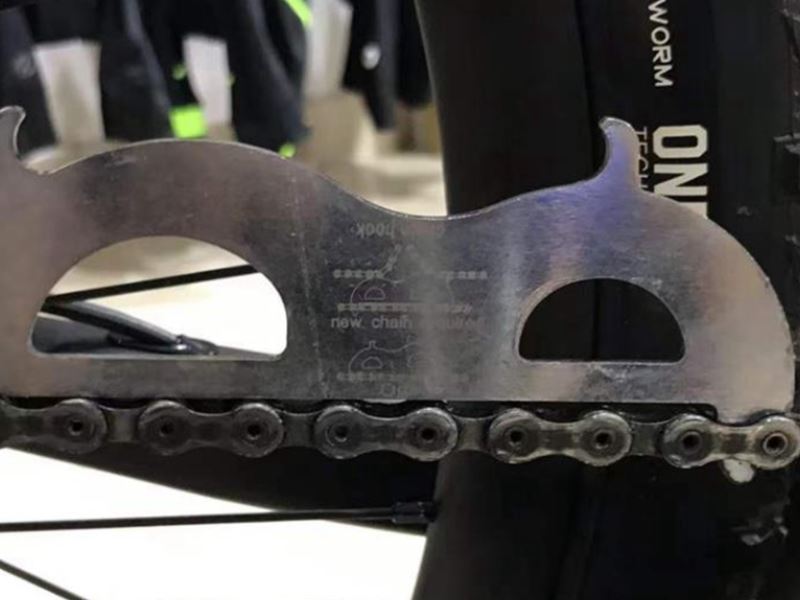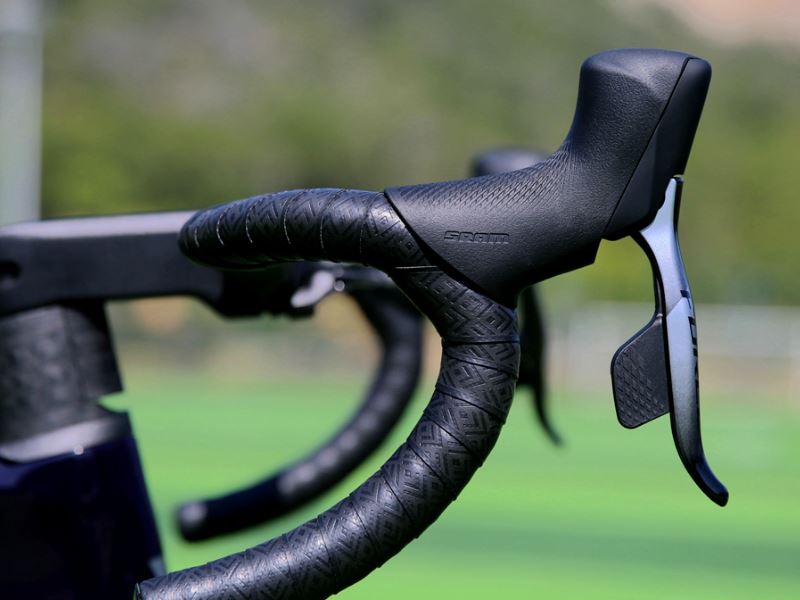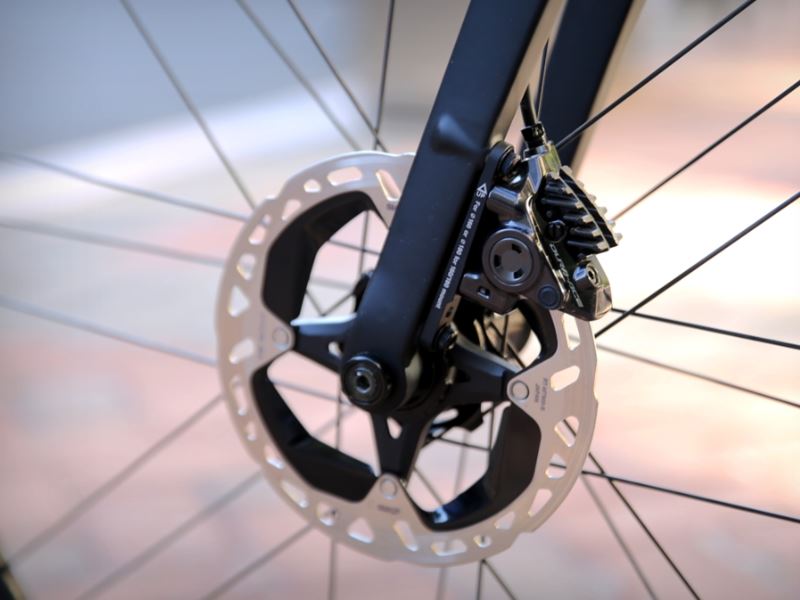by Tiffanybikes
Share
by Tiffanybikes
Share

The handlebar is one of the most important contact points of the bicycle body. The handlebar affects the steering and handling of the bicycle. As a key component of the bicycle, it greatly affects the riding comfort. Handlebars that fit your individual riding style allow you to have a better experience while riding.
Generally speaking, the more technical and difficult the bike and riding style, the wider and firmer the handlebars, such as downhill or endure riders. It provides better control and helps the rider to keep the center of gravity back on technical terrain. XC riders, on the other hand, will appreciate a lighter, narrower, flatter handlebar because it is more responsive and lighter, allowing the rider to place their weight on the front of the bike for steep XC-style climbs.
While there’s no hard and fast rule when it comes to handlebar selection, it’s possible to find a sweet spot between riding style, terrain and body size, and some because of personal preference and needs. Finding the right handlebar is not easy, you should keep the following in mind: width, rise, fly back, diameter, material.
How wide should a mountain bike handle be?
Mountain handlebars have gotten wider over the years, as the added width improves control over the bike, and some also believe it expands the ribcage for better breathing.
The wider the handlebars, the more leverage you can exert on the front wheel, the more aggressive lines you can go, and the less effect you have on the steering angle of the wheel, so you can control the front tire more finely. Current mountain handlebar widths range from 700mm to 800mm. Handlebar width is also related to bike size, and as bike size increases, handlebars get wider.
Once you get to the 750mm handlebar, consider the type of terrain you are riding on. Riders who often ride technical trails may worry about hitting the trees on both sides. On the contrary, if you are looking for speed, you can choose wide handlebars. If you’re not sure what handlebar width you want, it’s advisable to choose a handlebar that’s slightly wider than you think you might need, as you can cut it short at any time. If you switch to a wider handlebar, you may also want to switch to a shorter stem, as a wider handlebar will effectively increase the reach of the bike.
How do Handlebars Affect Your Bike’s Handling?
While changing the width has the most obvious effect on handling and fit, the shape of the handlebar also affects steering and comfort.
The amount of swept back changes the position of the hand relative to the steering axis, which in turn changes the spaciousness of the bike’s cockpit and the position of the upper body on the bike.
If you’re replacing a mountain bike handlebar, it’s best to find one that has the same sweepback to ensure a similar position. More lift will bring the hands up, which reduces the center of gravity of the front wheel for a more comfortable position. However, cornering handling is relatively poor.
The lower, flatter handlebar has a better offensive stance, and the front wheel gets more center of gravity, which helps quicker turns and reduces understeer. On the other hand, passing obstacles is relatively difficult and prone to arm fatigue.
Handlebar diameter
Mountain handlebars have only one diameter at the handlebars: 22.22mm. This means you can cut and replace the grips however you want.
However, the home diameter can be 31.8mm or 35mm. If you’re replacing a handlebar instead of a stem, you’ll need to make sure the diameters of the two parts matches. Generally, 35mm is more on downhill and endure bikes because it’s stronger.
Carbon fiber or aluminum alloy
Mountain handlebars tend to be made of aluminum alloy or carbon fiber, of course titanium handlebars are also available, but they are less common. Aluminum is the regular choice, it’s durable and relatively inexpensive, and it can better withstand bumps on a mountain bike without worrying about knocking out holes.
Carbon fiber handlebars have some advantages over aluminum handlebars. The carbon fiber lamination can better absorb vibration and help reduce arm fatigue. Carbon fiber stems also tend to be lighter and are an option for weight-conscious riders. The notable downside to carbon fiber rods is cost, and they may not be as durable as aluminum alloys when it comes to bumps.
The “out-of-stock tide” brought about by the epidemic has made it difficult to find a bike in the cycling circle. Even if some brands can order a bike, the delivery time varies from a few months to more than half a year. There are many bike fans who can’t wait to turn their attention to […]
Whether you’re a big cyclist or a novice cyclist, who hasn’t made some mistakes on the bike? For example, when the new bike is installed, the vehicle accessories are installed incorrectly, the equipment model is not matched when the accessories are upgraded, the fault judgment is wrong, and there is wasted effort in disassembly and […]
With the full popularity of the disc brake system for road bikes, the road bike market has completely resolved the debate between disc brakes and rim brakes. It can be said that disc brakes have completely taken over the rim brakes. But in road disc brakes, there is another debate, so is it better to […]
Today, most mountain bikes on the market are equipped with front fork shock absorbers, and even many gravel bikes are equipped with micro-travel shock absorbers in order to cope with more complex road conditions. There is enough suspension travel on a bicycle to measure the bumps that the bicycle can absorb, so what kind of […]



